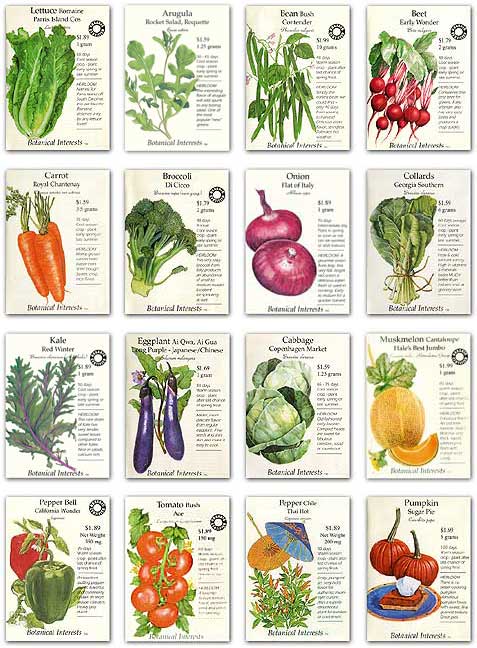Editor’s Note: from http://www.canadiangardening.com/
To seed or not to seed? That is a very important question, since seed starting requires a bit of knowledge, some space and a certain skill. It generally gives you a wider selection of unique or unusual plant varieties to choose from and you’ll be guaranteed growing organic from the start. Plus, there’s no greater satisfaction than the accomplishment of nurturing something from (virtually) nothing!
Before you start…Think small. Ask yourself, “Do I really need all those plants?” Remember: One tomato plant—if producing properly—should yield enough tomatoes for a family of four. So, 5 packs of tomato seeds + 2 packs of peppers + 2 packs of zucchini + 2 packs of beans = far more fresh produce than an average family can consume in a season.
Know that what you sow may not grow, but don’t get frustrated. Seed starting takes dedication—one missed watering or a case of damping-off (fungal) disease, and your seedlings could be history. As your patience and skills grow, so too will your garden.
- Containers with a depth of at least 8 to 10 centimetres. You can reuse old pots or trays by soaking them in a bleach solution (one part bleach to 10 parts water) to sterilize, reducing the risk of disease.
- Plastic cover or hood. Typically included in a seed kit, they’re ideal for maintaining humidity to stimulate germination.
- Seed-starting media or soil. Usually made up of a composition of vermiculite, sphagnum moss and perlite, seed-starting mixes are typically lighter than gardening soil. (My favourite mix is the OMRI-certified Nature Mix.)
Seeds. Look for seed packets that are new, avoiding any that appear water damaged or dirty. Make note of the sowing information on the back of the packet and mark that date on your calendar, counting back (as per the instructions) from your area’s expected last-frost date.
Tags. Marking what you’ve sown and when you did it is integral. We often forget what day of the week it is, so how the heck will we remember what we germinated if we don’t write it down? - Light. All you need is a room filled with natural light (or a windowsill with a lot of sun).


No comments:
Post a Comment